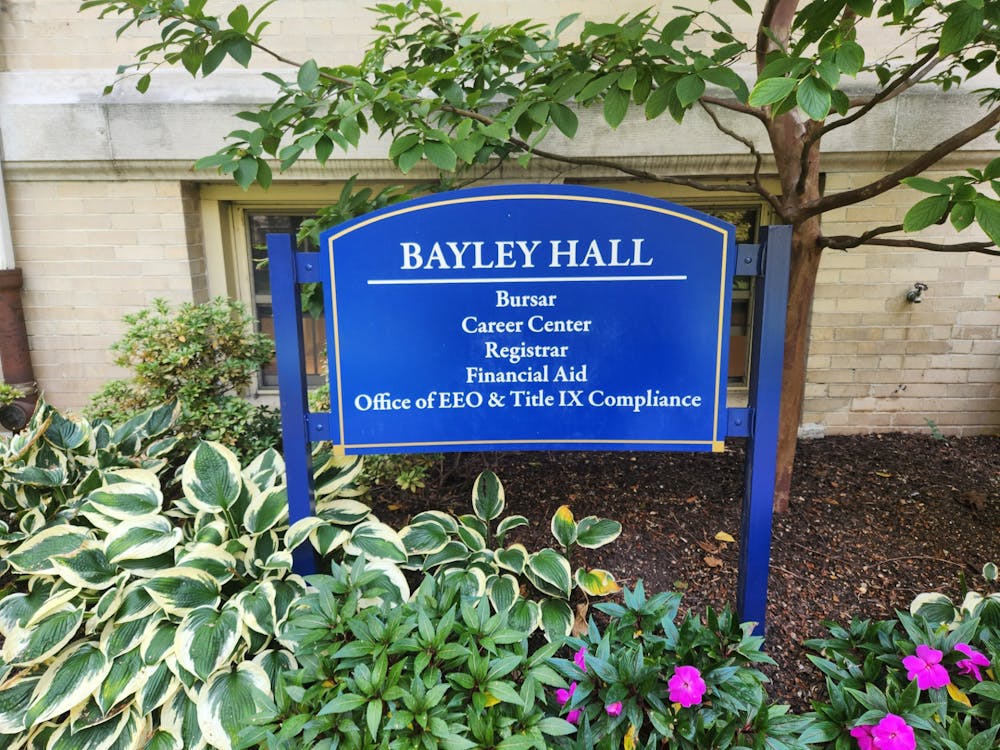As the 2024-25 school year began, there was a heightened sense of commotion after the Free Application for Federal Student Aid, run by the U.S. Department of Education, elicited many issues for students at Seton Hall.
In 2023, the ED rolled out new measures for the FAFSA. One change would allow an estimated 7.3 million low-income students to be eligible for federal Pell grants that can provide up to $7,395 per year, according to Federal Student Aid.
The ED also reduced the amount of questions for the FAFSA, going from around 108 questions to a maximum of 36, with some students only needing to answer 18.
With such promising changes, the current situation raises the question of where the rollout went wrong.
The first problem occurred with its release date. Initially, the FAFSA was available for families around Oct. 1, but in 2023, it was not available until Dec. 30.
Javonda Asante, the senior director of financial aid at Seton Hall, explained how this news shaped the Office of Financial Aid’s mission for the school year.
“The new FAFSA has been a challenge for higher education institutions around the country,” Asante said. “It had not been changed for over 40 years. We were proactive, anticipating the issues that would arise, and committed to having our systems ready to process aid for our students as soon as possible.”
These delays caused added stress for many high school seniors at the time. Lauren Gandy, a freshman secondary education major, explained how the complications impacted her ability to apply for financial aid.
“I had trouble trying to create an account with FAFSA,” Gandy said. “Any time I would get to a certain section in the application where you have to provide personal information, the website would prohibit me from moving forward with the process.”
Quinn Cullinan, a freshman mathematical finance major, also faced issues regarding the arrival of her FAFSA to the colleges she applied to.
“My schools did not receive my financial aid information,” Cullinan said. “I ended up not getting any financial aid because of how delayed it was and it made my year extremely stressful.”
Another roadblock occurred on May 1, which is usually considered “decision day” for high school seniors. According to a survey conducted by the National Association for Student Financial Aid, 54% of colleges nationwide failed to send students’ financial aid packages just two weeks before decision day.
Gandy was one of those students who did not receive her financial aid package until the middle of April. Yet, she said she did not view it as a reflection of the school.
“I honestly don’t blame the schools for the delay in financial aid packages, since I felt the blame for the overwhelming number of issues with the program should be placed on the government itself,” Gandy said.
Since many other stories like Gandy’s and Cullinan’s were coming to light, schools like Purdue University and Pepperdine University did consequently push back their commitment dates to May 15 or June 1, according to CNBC. Yet, it did not change the fact that package offers were behind schedule.
Cullinan said that she had to give up on attending her dream school, the University of Glasgow, because of the lack of aid caused by these issues.
To offset these problems, Seton Hall opened up more resources for students to discuss their financial needs, according to Asante.
“We have provided significantly more programming and messaging to students concerning estimated timelines, cost estimates, financial literacy, and webinars,” Asante said. “Our virtual appointments have increased as we take the time to answer questions and alleviate any stress.”
The reality of these delays caused a drop in applications. While the new FAFSA was meant to provide money for minority students, it inadvertently stopped them from applying. According to data from the National College Attainment Network, there was a 10.1% decrease in the number of high-minority applications for the 2023-24 school year.
To fix the problems from last year, FAFSA has a new rollout plan for the 2025-26 application cycle. Starting Oct. 1, the ED will test the FAFSA with a select number of students and schools and open the application to everyone else on Dec. 1. While still later than years prior, it is trying to weed out the issues before the majority of students have access to the application.
While this date is still a concern, Asante offered advice to overcome some of these complications.
“My advice is to keep an eye out for the availability of the FAFSA and complete it as soon as you can,” Asante said. “Don’t wait to get your FSA ID, that can be done now to save time later.”
Kaelyn Blizard is a writer for the Setonian’s News section. She can be reached at kaelyn.blizard@student.shu.edu.





